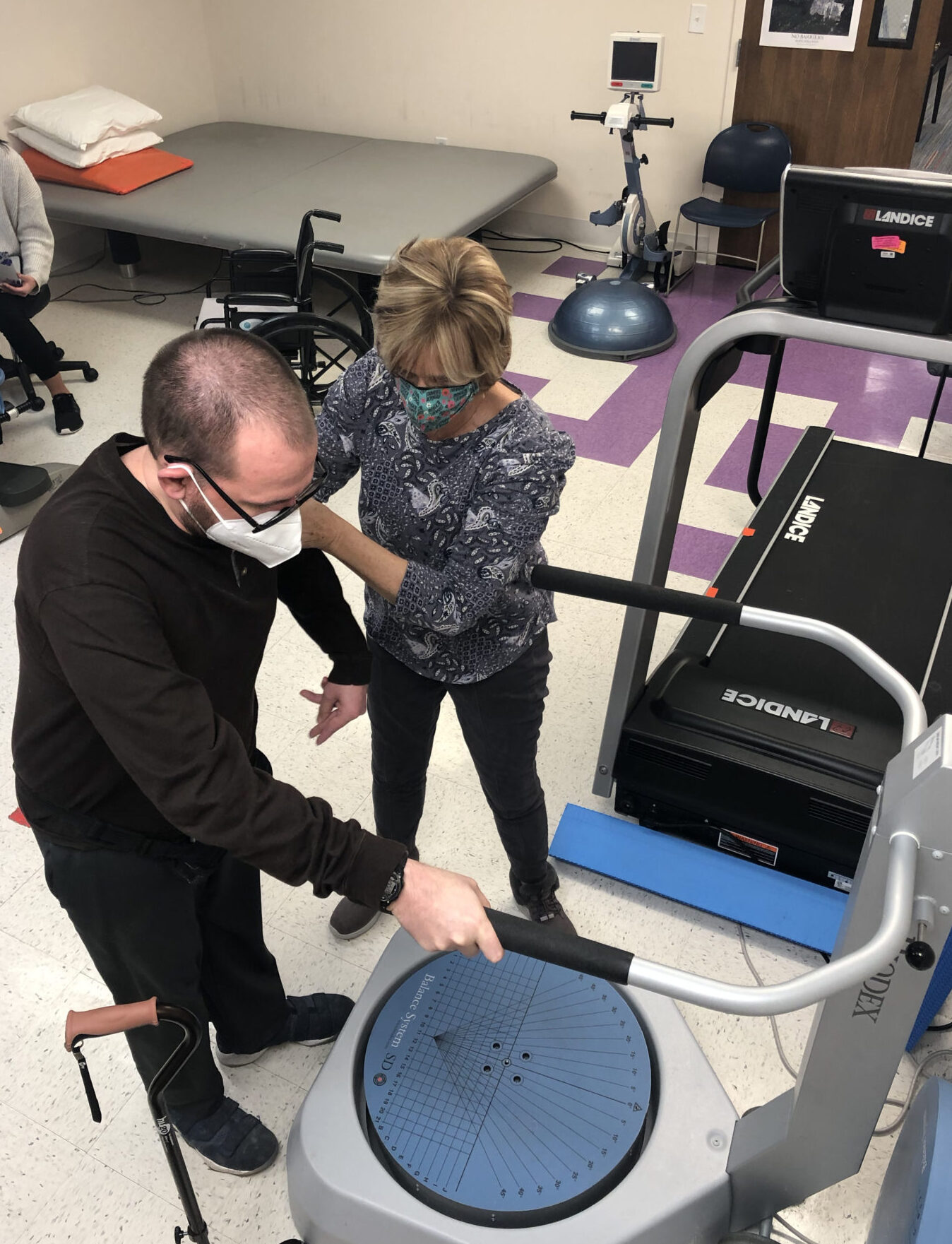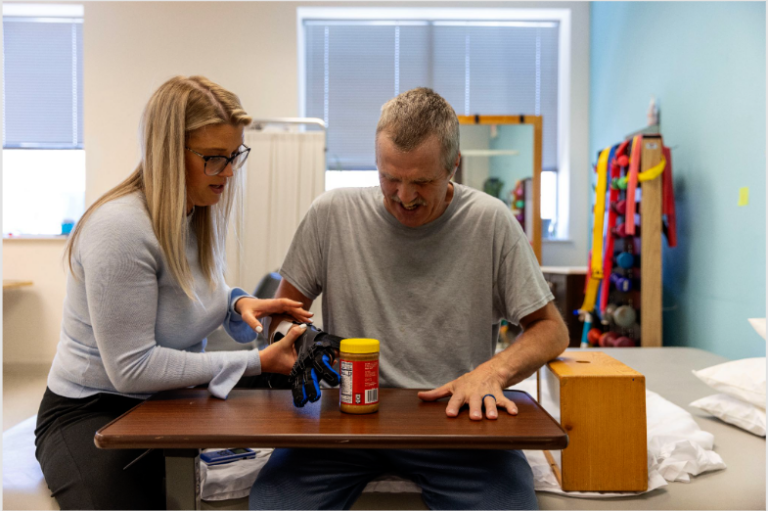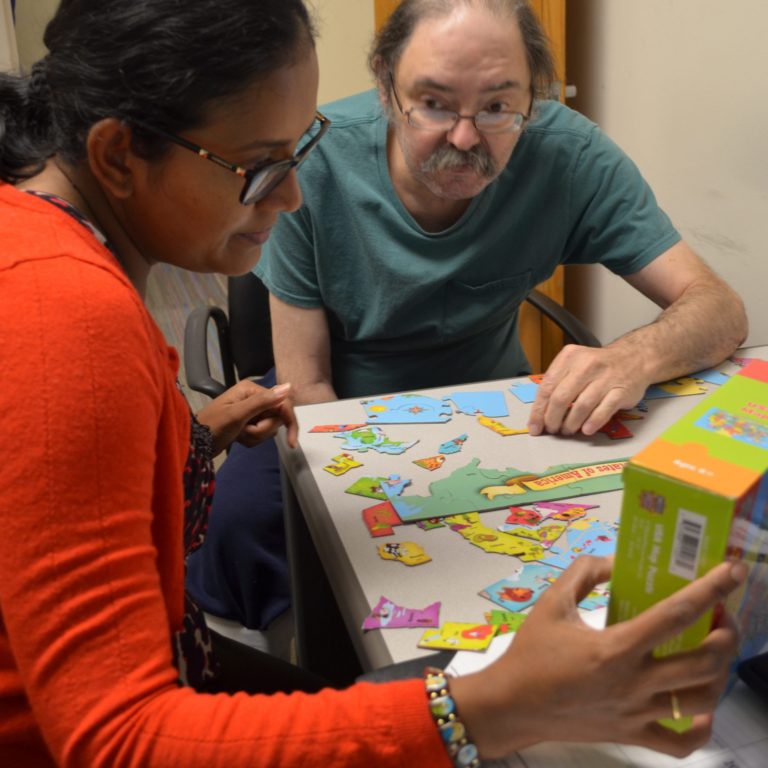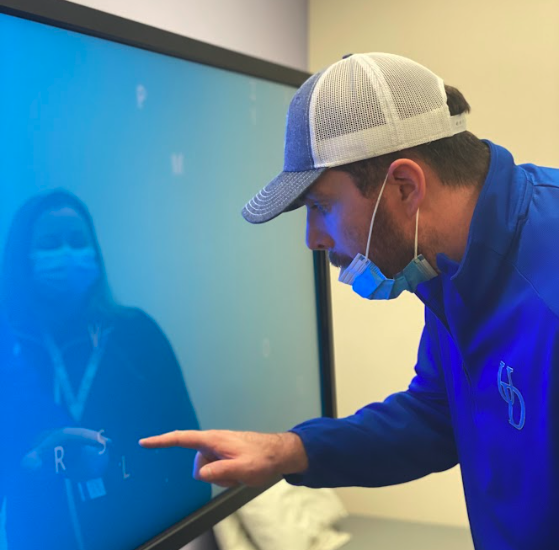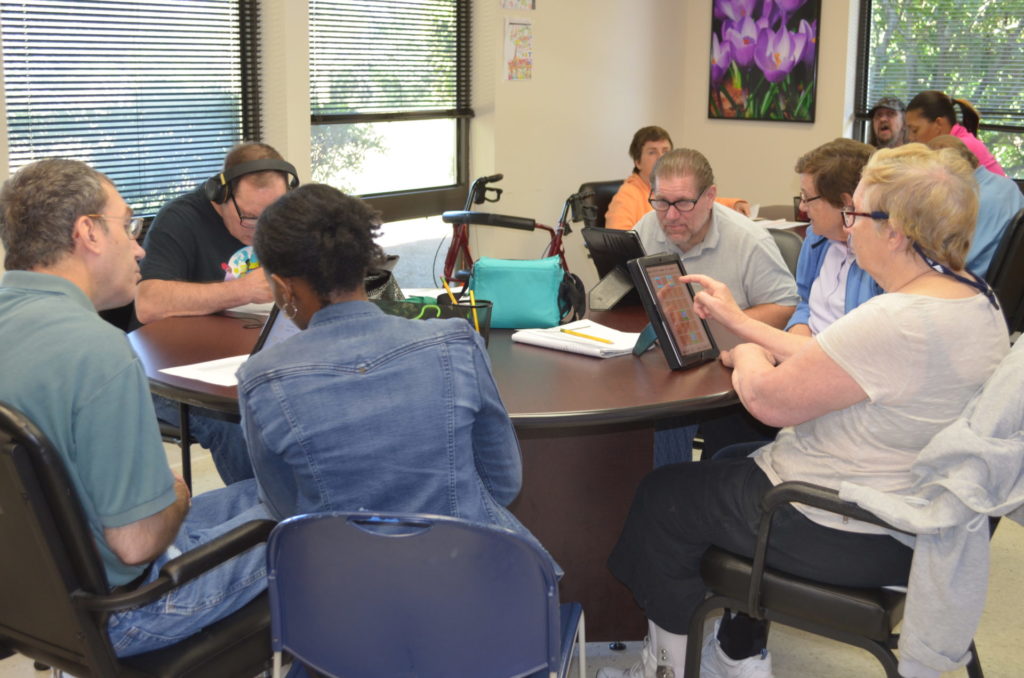

Holiday Gift Guide: Must-Have Gifts for Mobility, Memory-Impaired
‘Tis the season for giving – but how many times have we struggled to find the perfect gift for a special person in our lives? Believe it or not, it is possible to give Grandma and Grandpa too many sweaters and robes!
Today, there are many items, big and small, high-tech and basic, that can help aging individuals live more independently, especially if they’re adapting to life with memory or mobility issues.
Dr. Carolyn Tassini, a physical therapist and rehabilitation supervisor at Bancroft NeuroRehab, has created a list of a few must-have gifts and gadgets for everyone on your wish list, whether they’re recovering from a stroke or brain injury, living with Alzheimer’s disease or dementia, have mobility issues, or are just living with some normal signs of aging.
We’ve included links to examples of several items for your convenience, but there are a variety of brands and retailers for each item – as a quick Amazon or Google search will turn up.
Happy shopping… and happy holidays!
1. Amazon Alexa Device
With voice commands, your loved ones in an older population can ask Alexa for information, such as the time, weather, or news headlines, without complex interactions or navigating devices.
If set up properly, Alexa can also be integrated with smart home devices, allowing your loved one to control lights, thermostats, and other connected devices within their home.
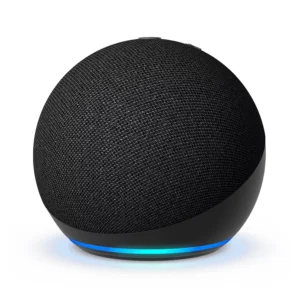

2. Smartwatches
Smartwatches like Apple are now equipped with fall detection technology, which can automatically alert emergency contacts if they detect a fall. Since slips and falls are one of the leading causes of TBIs and other serious injuries, these are a must-have adaptive device for seniors!
Many smartwatches also come with health-tracking features, such as heart rate monitoring, step counting, and sleep tracking. These features can be valuable for maintaining an awareness of overall health and well-being.
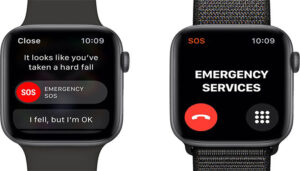

3. Robot Vacuum Cleaners
Depending on the layout of the home, a robot vacuum cleaner for an older individual with mobility challenges, can be especially helpful. This product reduces the need to bend down or move around the house while carrying a heavy vacuum cleaner.
Robot vacuum cleaners are designed to be user-friendly and require minimal effort to operate. Your loved one can simply press a button or schedule cleaning times, and the robot will handle the rest.
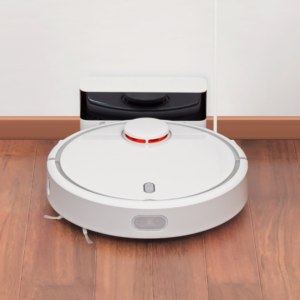

4. Blue Light Glasses
If your loved one spends a significant amount of time in front of a screen, blue light glasses can help reduce eye strain, fatigue, and discomfort.
These types of eyeglasses can enhance contrast and clarity, making it easier for your loved one to see text and images on their digital screens. Furthermore, this product is particularly beneficial for those with age-related vision changes.
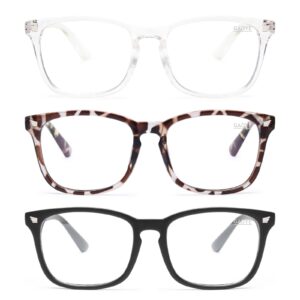

5. Trekking Poles
Trekking poles like Urban Poling Activator Poles have a larger base for more stability for older individuals both inside and outside who experience balance issues or concerns about falling.
Holding trekking poles can help conserve more energy during extended periods of activity. This can lead to increased endurance and make outdoor activities more enjoyable for your loved one.


6. Easy Shoes
For individuals with arthritis or joint stiffness, slip-on shoes reduce the need for intricate movements associated with traditional shoes. Brands like Kiziks or Nike FlyEase make the process of wearing shoes less painful and more manageable.
If your loved one wears a brace on their foot, a shoe like Billy Footwear accommodates footwear with a zipper.
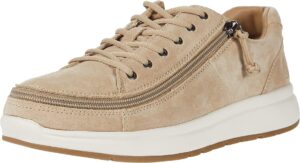

7. Motion Sensor Night Light
Motion sensor night lights can help prevent accidents by automatically illuminating pathways in low-light conditions. This is especially important for those who may get up during the night to reduce the risk of tripping or stumbling in the dark.
Placing motion sensor lights in hallways and near stairs can enhance safety by providing visibility when needed. This is crucial for preventing accidents and ensuring that your loved one can navigate their home safely.
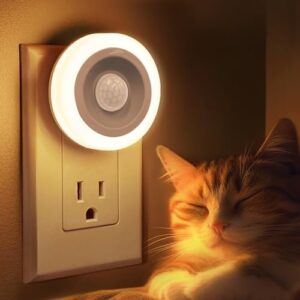

8. Finger Print Lock/Unlock System
With a fingerprint-enabled system, your loved one won’t need additional keys, which can be easily lost and misplaced.
The convenience of fingerprint recognition means that your loved one no longer needs to struggle with the door handle or twisting and turning the keys. With one touch of their fingerprint they are inside of their home.
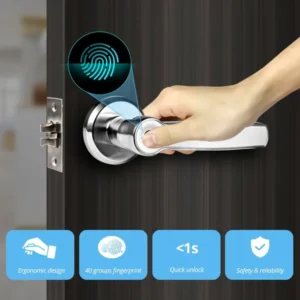

Do you have additional concerns for your loved one?
To talk about services benefiting you or a loved one, contact Bancroft NeuroRehab by calling (844) 234-8387.
Be a Source of Insight: Share this Article on your Facebook, Twitter, or LinkedIn below!
Related Articles


Never Giving Up: How Stephen Reclaimed His Independence After a Traumatic Brain Injury
Never Giving Up: How Stephen Reclaimed His Independence After a
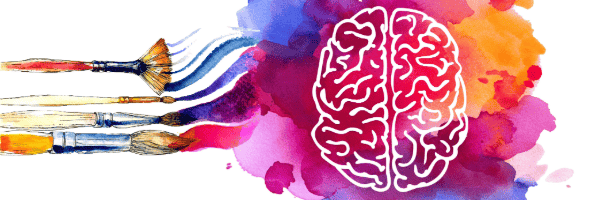

Exploring Creativity in Rehabilitation: Bancroft NeuroRehab’s Mosaic Project
Exploring Creativity in Rehabilitation: Bancroft NeuroRehab’s Mosaic Project Occupational therapy
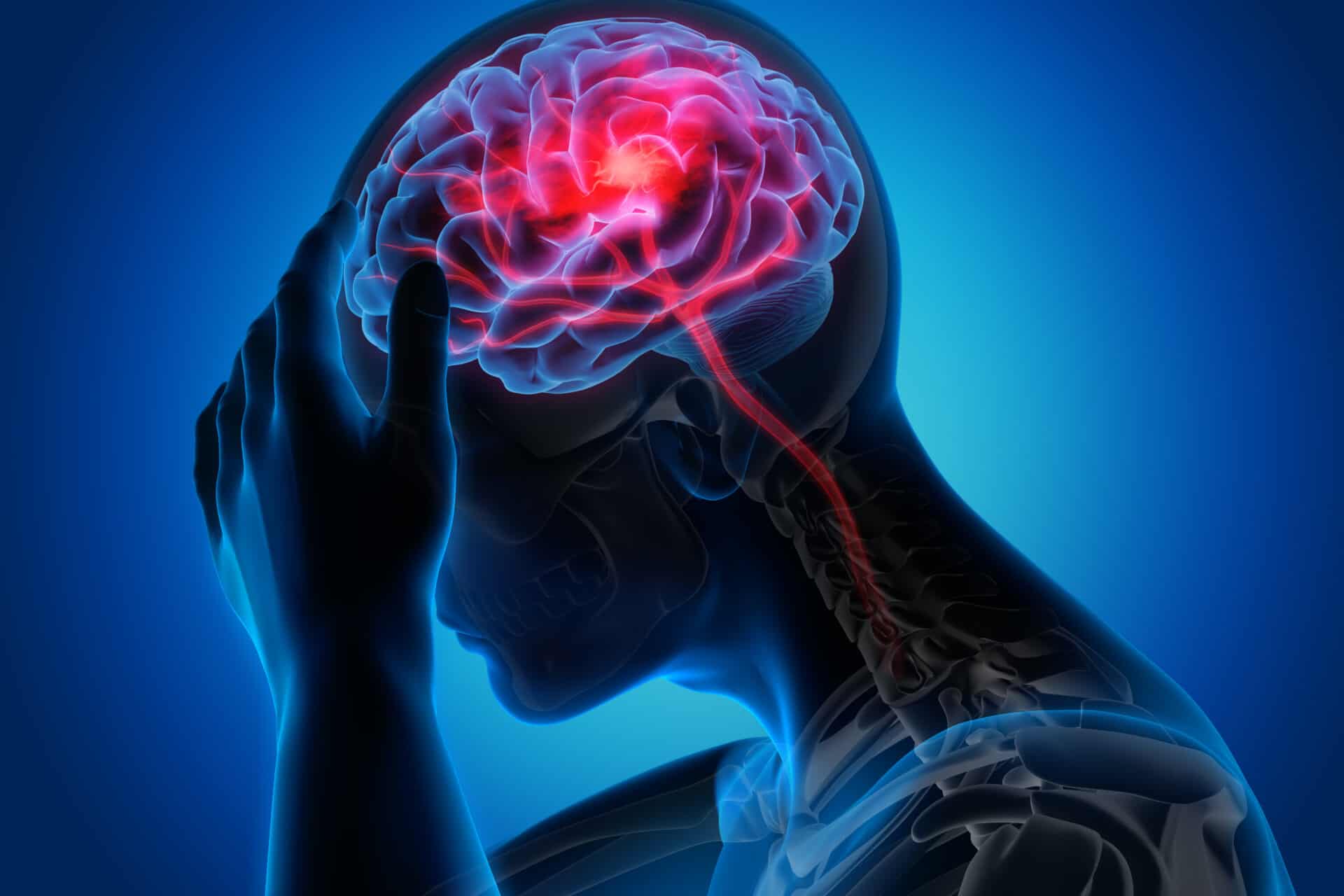

Recognizing and Treating the Psychological Effects of Stroke
Recognizing and Treating the Psychological Effects of Stroke Post-Stroke Rehabilitation

